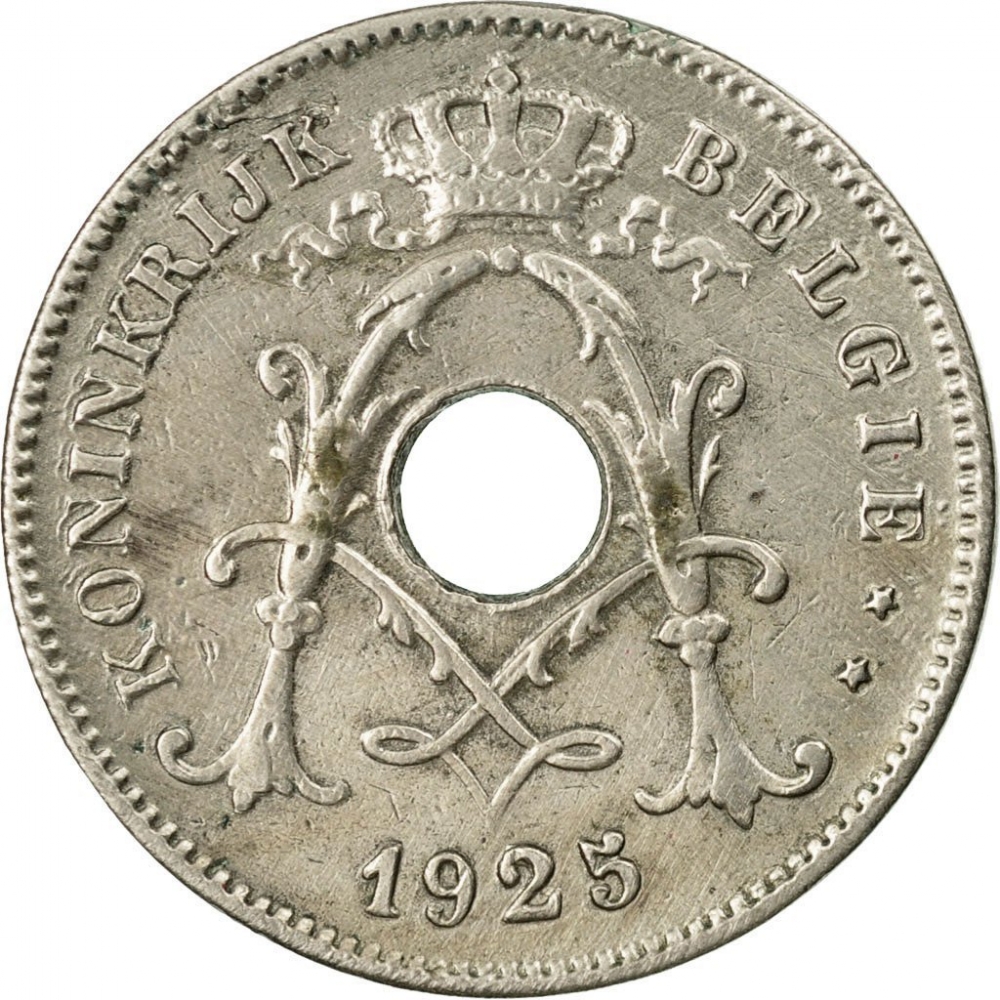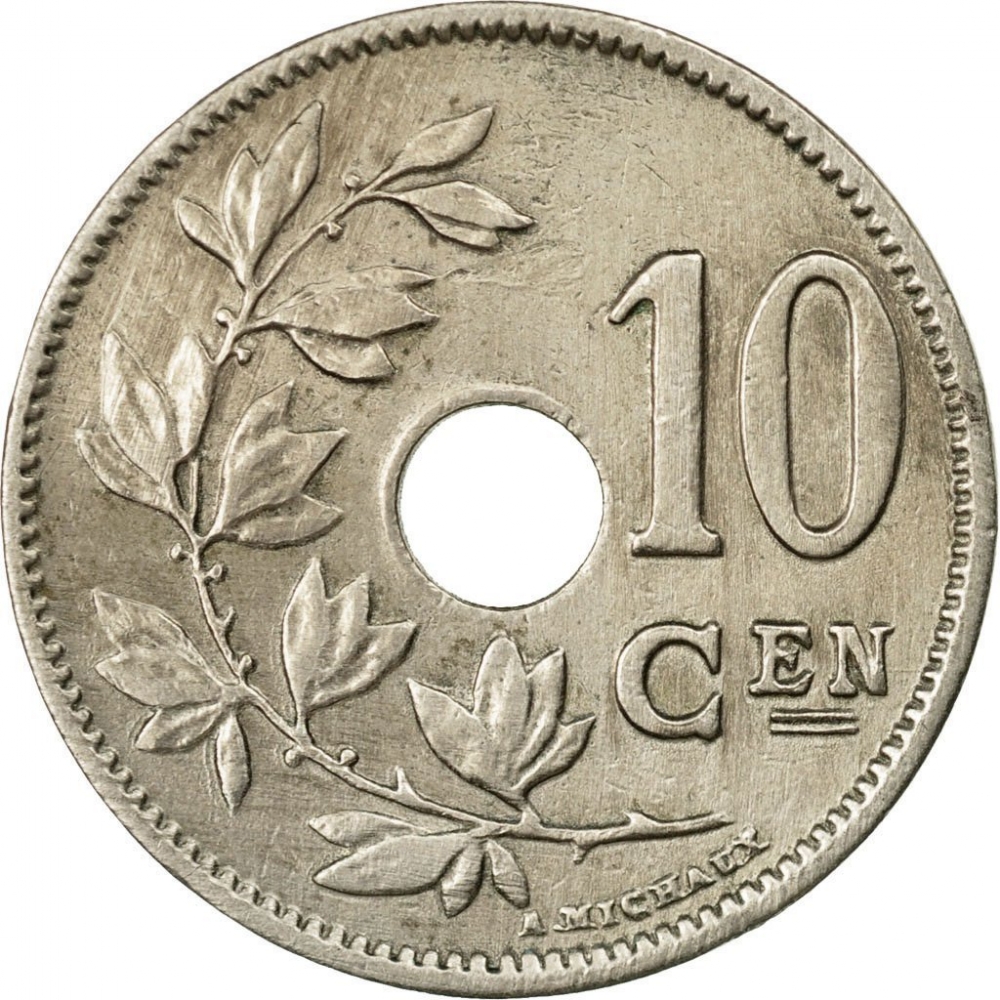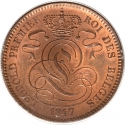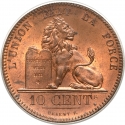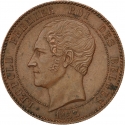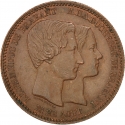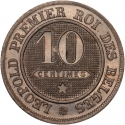You are about to finish your registration. Please check your mailbox (including spam folder). There should be a letter with a confirmation link. Check setting to make sure that your e-mail address is correct.
Send letter againDescription
Albert I (1875–1934) reigned as King of the Belgians from 1909 to 1934. This was an eventful period in the History of Belgium, which included the period of World War I (1914–1918), when 90 percent of Belgium was overrun, occupied, and ruled by the German Empire. Other crucial issues included the adoption of the Treaty of Versailles, the ruling of the Belgian Congo as an overseas possession of the Kingdom of Belgium along with the League of Nations mandate of Ruanda-Urundi, the reconstruction of Belgium following the war, and the first five years of the Great Depression (1929–1934). King Albert died in a mountaineering accident in eastern Belgium in 1934, at the age of 58, and he was succeeded by his son Leopold.
Engraver: Alphonse Michaux (1860–1928). He was a Belgian coin engraver and medallist. Michaux was appointed chief engraver of the Brussels Mint (La Monnaie de Bruxelles) in 1895. As a coin designer, he is best known for engraving dies for a series of Belgian coins with a distinctive hole in the center. Michaux also engraved coins for Luxembourg, Persia, Romania, and Colombia. These coins are signed either "A. Michaux" or "A.M." on the obverse.
Obverse

|
The royal monogram crowned by the heraldic crown of Belgium and surrounded by the inscription 'Kingdom of Belgium' in Dutch. KONINKRIJK BELGIË ★★ |
|---|---|
Reverse

|
On the left side, an olive branch accompanies the facial value on the right side. 10 |
| Edge |
10 Centimes
Dutch Text
KM# 86 Schön# 26 LA# BFM-39
Characteristics
| Material | Cupronickel |
| Weight | 4 g |
| Diameter | 22 mm |
| Thickness | 1.4 mm |
| Shape |
|
| Alignment | Coin |
| Mint |
Royal Belgian Mint
|
